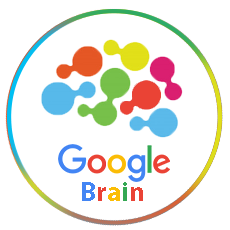Getting Started with TensorFlow
Install TensorFlow on your machine now and get started with TensorFlow today.
Tensorflow Interview Questions
Tensorflow Quizzes
Exploring the Library
Let’s take a look at some facts about TensorFlow and its philosophies.
TensorFlow first appeared in 2015 as an open-source software library for dataflow programming. But it being a symbolic math library, we often use it for machine learning applications like neural networks. It is safe to call it a machine learning library. The team at Google Brain developed it for internal use and released it under the Apache 2.0 open-source license on November 9, 2015. Google uses it for both research and production.
TensorFlow is written in Python, C++, and CUDA, and will work with Python, C, C++, Go, Java, JavaScript, Swift, C#, Haskell, Julia, R, Scala, Rust, and OCaml.

Google Brain
